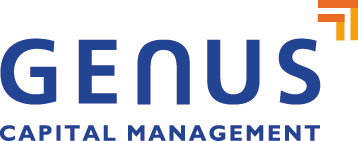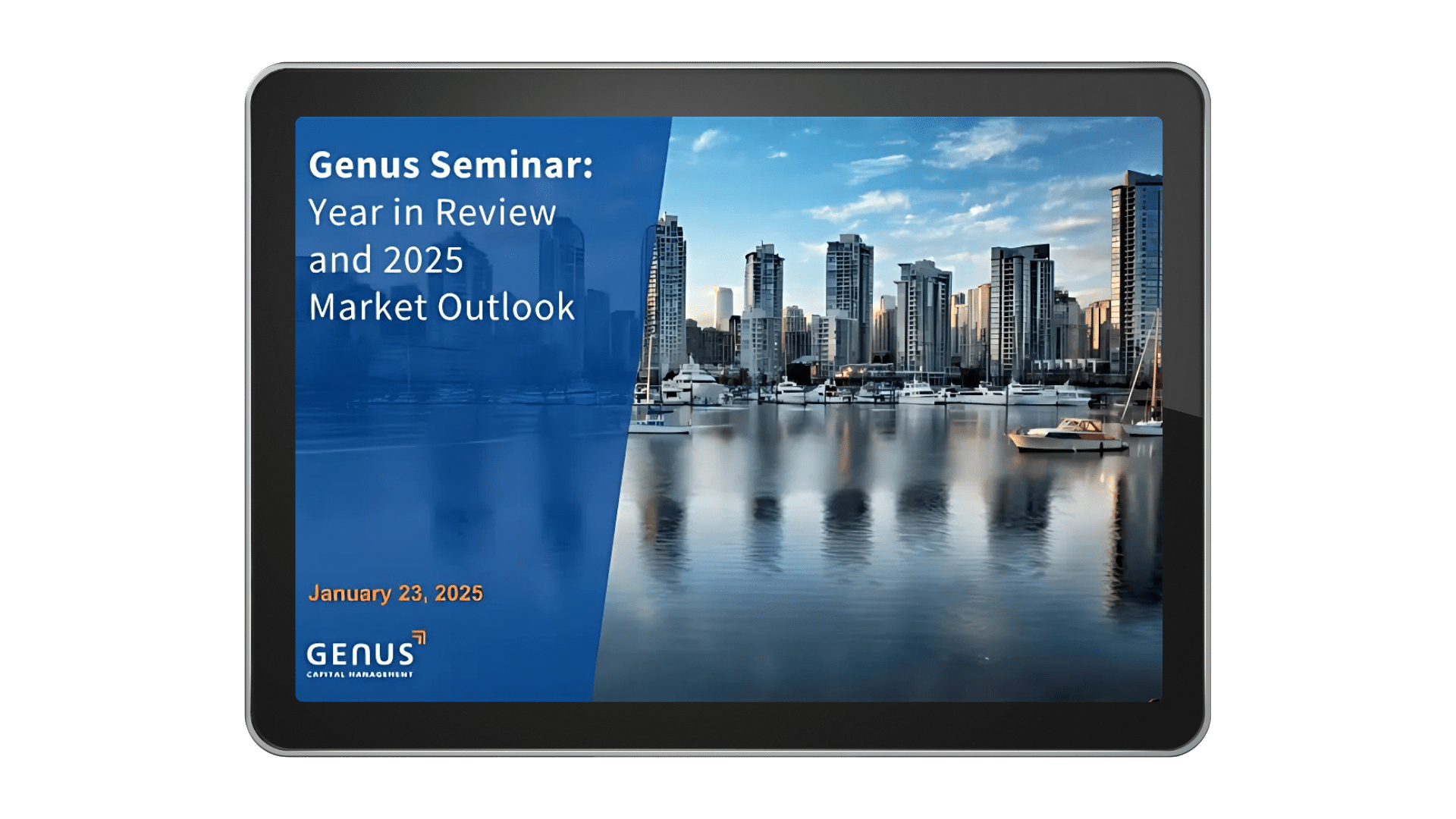With each passing year, ESG investing is becoming more important to values-based investors. But as increasing numbers of investment firms add ESG funds to their mix, there’s become a greater need for clarity as to what these funds are actually achieving.
“There are so many different ESG funds and impact funds out there, but a lot of them don’t have a clear theory of change or objective,” says Mike Thiessen, Chief Sustainability Officer and Co-Chief Investment Officer at Genus. “They’re just throwing screens out there for marketing purposes and hoping they’ll get some clients into the fund.”
We’re intent on changing that by introducing some cutting edge tools that help make our sustainable and impact investments more precise – and more impactful.
Introducing Genus’ Theory of Change
The idea of a Theory of Change – essentially, a statement by a fund about the problem in the world it intends to take action on, and how it will do that – is not exactly new. Many impact funds in the U.K. and Europe have a Theory of Change, as do a lot of players in the private impact space.
But in Canada, it’s a relatively novel concept – and one that Genus has adopted this year for its High Impact Equity Fund, says Thiessen: “It’s very rare to see it with a public equity fund.” It’s a statement that both cutting-edge institutional investors, as well as socially responsible retail investors, are increasingly expecting to see.
At Genus, our Theory of Change is as follows:
The world is facing major, widespread environmental and social problems. Our investment strategy is centered around investing in companies that provide solutions to these major problems. In addition, we engage these companies and encourage them to make even more of a difference.
As Thiessen explains it, the key advantage in adding a Theory of Change is the emphasis on shareholder engagement. “Supporting these companies with our capital is probably the biggest change that we’re able to make,” he notes, “but we’re also able to make change through engaging companies and helping them to become even better.”
While Genus currently is involved with SHARE’s efforts on shareholder engagement, in the future we hope to develop more customized engagements for clients, says Thiessen, as well as to apply a Theory of Change to each of the individual investments in the Genus High Impact Equity Fund.
Cutting edge impact measurement

Genus is also staying on the cutting edge of impact investing in a couple of additional key ways.
We are now including Scope 3 emissions (also commonly referred to as value chain emissions) when rebalancing our Fossil Free and impact funds. While this isn’t a hard screen like some of our others, it will be another aspect we take into consideration, says Thiessen. “Scope 3 is broadly based on estimates, and we don’t want to be deciding what is going into our portfolio based on just estimates. But it can be used as a tiebreaker between potential impact options.”
Translation: when deciding between two companies for an impact portfolio, we may base our decision on their Scope 3 emissions.
The other key development is our addition of a Climate Value at Risk (CVAR) metric when rebalancing our funds. CVAR is an estimate of the market value a company would have if it doesn’t adapt to a low-carbon economy by 2050. While there are different ways to measure CVAR, Genus uses one developed by MSCI — and runs each company through that analysis to make sure it aligns with the impact fund’s objectives.
“Most of the companies with very negative CVAR ratings are not in our fossil-free and impact-focused portfolios and wouldn’t be considered,” notes Thiessen. “These are typically oil and gas companies, heavy industrials or companies in an area that has massive physical risks, like real estate investment trusts in hurricane or flooding areas.”
Like Scope 3, CVAR is not a hard screen, but used as a tiebreaker in investment decisions.
Why these changes matter to impact investors

Ultimately, says Thiessen, impact investors — whether institutional or retail — should care about these developments because of the increasing risks associated with climate change. Companies that have high Scope 3 emissions or a low Climate Value at Risk are, ultimately, not investments that align with most impact investors’ values.
As well, the socially responsible investor typically demands more information to help guide their investing choices. “They want to be aware of their total emission exposure,” says Thiessen. “Even if a lot of Scope 3 is estimated, they want to know that exposure.” And if we are able to lower the overall risks of a portfolio by avoiding companies with high Scope 3 emissions or low CVAR valuations, that’s ultimately a good thing for investors.
Even though we’re still debating the future of carbon pricing in Canada and the U.S., notes Thiessen, in other parts of the world, such as Europe, they’re moving ahead full steam. “There’s more carbon regulation, and more carbon taxes coming on all around the world,” he says. “There are lawsuits against companies with high carbon emissions. If you want to protect yourself from things like that, and from consumer backlash against companies with high emissions, cutting out these companies can lower your portfolio risk.”
Interested in making an impact with your investment portfolio? Get started today with our digital and personal wealth management services.
References:
- Bloomberg.com. Available at: https://www.bloomberg.com/company/press/global-esg-assets-predicted-to-hit-40-trillion-by-2030-despite-challenging-environment-forecasts-bloomberg-intelligence/#:~:text=London%2C%208%20January%202024%20%E2%80%93%20Global,from%20Bloomberg%20Intelligence%20(BI). (Accessed: 07 June 2024).
- ISF – scope 1, 2 and 3 GHG emissions (no date) The Institute for Sustainable Finance – Resources – Sustainable Finance Primer Series. Available at: https://smith.queensu.ca/centres/isf/resources/primer-series/ghg-emissions.php#:~:text=The%20Scope%203%20emissions%20of,to%20as%20value%20chain%20emissions. (Accessed: 07 June 2024).
- Climate value-at-risk. Available at: https://www.msci.com/documents/1296102/16985724/MSCI-ClimateVaR-Introduction-Feb2020.pdf (Accessed: 07 June 2024).
- Ragan, C. (2024) An open letter from economists on Canadian carbon pricing: Ecofiscal, Canada’s Ecofiscal Commission. Available at: https://ecofiscal.ca/2024/03/26/open-letter-carbon-pricing/ (Accessed: 07 June 2024).
- Reynolds, M. (2023) The EU just kicked off its biggest climate experiment yet, Wired. Available at: https://www.wired.com/story/eu-carbon-tax/ (Accessed: 07 June 2024).
- Climate lawsuits are on the rise. this is what they’re based on. (no date) State of the Planet. Available at: https://news.climate.columbia.edu/2023/08/09/climate-lawsuits-are-on-the-rise-this-is-what-theyre-based-on/ (Accessed: 07 June 2024).











